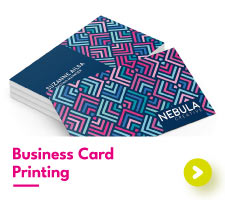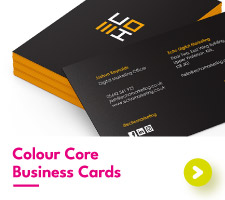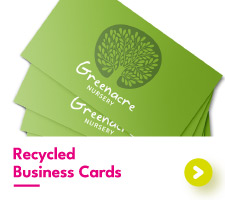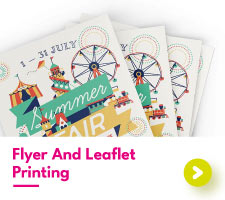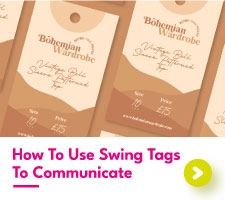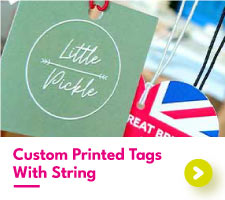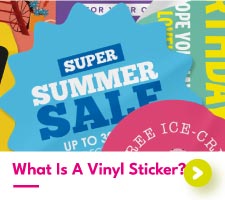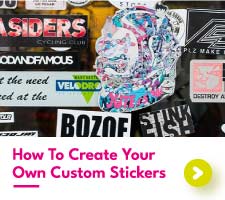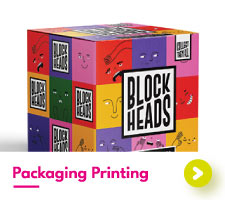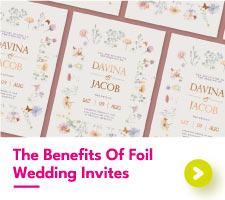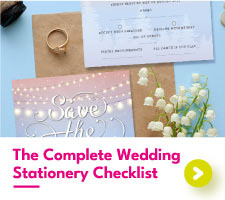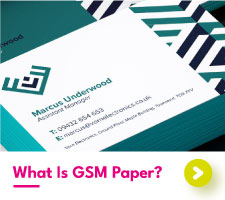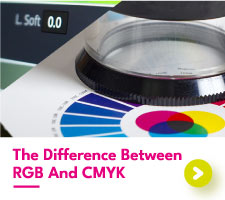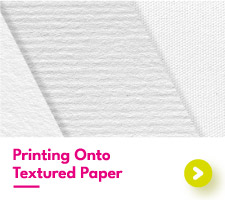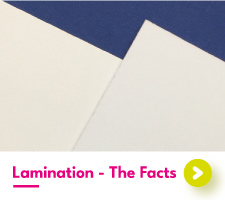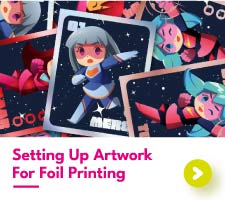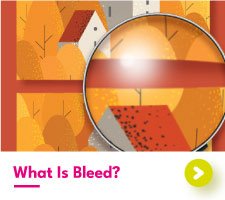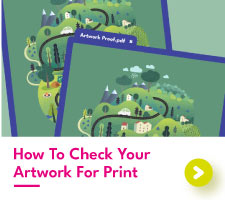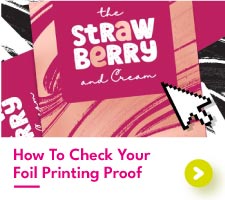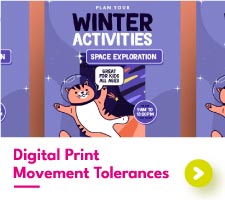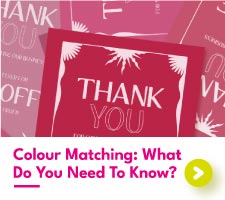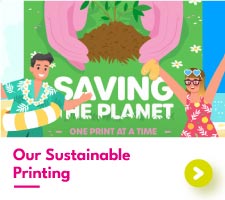Self-publishing Q&A with author Claire Culliford
Self-publishing A Book Has Never Been Easier
What does it take to self-publish a book? What kind of marketing work is involved, and how do you know you’ve chosen the right printing company to turn your story into boxes of glorious paperbacks?
Let’s take a look at this from an author’s point of view – and the advice she has for writers looking to self-publish their own stories with a printing company.
Claire's story
Environmental author Claire Culliford began her career as a London-based consultant in IT, management and functional skills for the Further Education sector. Working as a lecturer and course team leader at Croydon College, she later moved into financial, legal and technical translation.
Moving north, Claire became the UK and US Director at Tick Translations® and owner of educational consultancy TransTeach, as well as lecturing in Audiovisual Translation at the University of Leeds. Since 2012 she’s also worked as an environmental author and educator, creating a series of children’s books with a vital message: the importance of caring for and protecting the natural world.
Since their first publication in 2013, Claire’s fiction books (illustrated by Emma Allen) have now been translated into more than twenty languages all over the world. This year she’s embarking on a European tour covering schools, embassies, the Cervantes Institute and the British Council in Spain, as well as special appearances closer to home in branches of Waterstones.
Claire came to Aura Print as her local printing company, looking for a high-quality service to turn her self-published stories into paperback books.
With her latest batch of books printed up and ready for her to look over, we asked Claire to share her experience of self-publishing as a children’s author – and how other writers and budding authors can get started in self-publishing too.
Hi Claire! So your very first story was The Monster’s Tea Party, penned when you were just seven. What is it about storytelling that you first fell in love with? What do you love now about your daily work?
I have always loved the way storytelling takes you into an imaginary world, yet can teach you so many lessons about the real world. Nowadays, I love so many parts of my daily work. I find coming up with the overall message I want a story to convey to be one of the most enjoyable parts of the creative process. Identifying the right characters through whom to tell a story is also really fun. Then there’s planning the start, middle and end of a story (because all good ones have one!) And finally, playing with words every day is just a joy. Finding the right language to create images in the reader’s mind and develop a storyline is a constant challenge, but so rewarding when someone tells you they’ve read and enjoyed a story you’ve written.
You’d already built a 20-year career in IT consulting, lecturing and translating when you made the leap to become a full-time author. Was that a scary decision, or did your passion outweigh the uncertainty?
Every time you give up one career and take the leap into another, it’s terrifying. So much is unknown and there’s little certainty. But that’s exactly what makes it so exciting every day. This time, the decision was made a little easier because a lifelong passion and experience of having started new ventures before combined, and taking the leap of faith didn’t seem as daunting. It seemed the natural, in fact the only, thing to do!
Despite rejections from agents and traditional publishers, you chose to listen to the parents and teachers who were actually reading your books with fascinated young audiences. But everything changed once you decided to take your books to Frankfurt Book Fair. Can you tell us about how things took off from there?
At Frankfurt Book Fair, I received an enormous amount of advice from people in the global publishing industry to help me make alterations and improvements to what I was already doing. Suggestions about everything from the illustrations, to the format, to the different language versions were made and I was able to utilise all of these. By doing so, I made more rapid progress with the books’ development and gained contacts who have continued to support and give me advice ever since. The Book Fair also made me aware of the need for constant feedback from the target audience – parents, teachers and young children. This has been invaluable.
We’re really glad to have printed these books for you, and they’re definitely getting smiles (and readers) around the Aura Print office. So, why did you decide to work with us to get your books put into print?
I chose Aura Print because you are local to where I live and when I first came to you with the proposal for a small, trial batch of printed books, you were extremely open to the idea. You made the whole process simple by explaining the formatting options and your requirements in terms of file format. After that, I was able just to follow instructions so that the books could be printed with ease. It’s the quality of your service that has kept me coming back to you and wanting to work with you long-term.
What were the steps and decisions you took to get your book self-published and printed with us? Could you give us a brief overview of the process from your point of view, maybe some essential considerations, that other budding authors would need to know?
Here’s what I would say are the key things to be considered by any budding author who is looking to start their writing journey by self-publishing, based on what I’ve learnt:
BE A GREAT WRITER!
Even when you’re self-published, people don’t tend to want to read a book that contains poorly written language. So the quality of your writing is everything. Now that self-publishing is available to anyone wanting to produce a book, you will be competing against quality writers from all over the world so you need to excel at your craft (within your preferred genre) as well as coming up with ingenious new ideas. Get plenty of writing practice and lots of feedback (preferably from other published writers or publishers themselves).
GET MAXIMUM EXPOSURE FOR MINIMUM EFFORT
Starting out with an ebook is probably the best option, as it’s easier and more economical to test the water with your writing. But even if you choose to publish ‘print-on-demand’ hard copies as well, you firstly want to find a self-publishing company that distributes to as many online stores as possible. Ebooks tend to be the cheapest option but demand for print books continues to rise (it increased by 7% globally in 2017, according to Nielsen in its annual books and consumer survey, whilst ebook sales dropped by 4%). After lots of trial and error, including self-publishing through renowned companies such as lulu.com and Kindle Direct Publishing – and there are many others, such as CreateSpace, Book Baby and Kobo – I was fortunate enough to come across PublishDrive. They’re relatively new to the industry but making huge waves and in my experience, they provide the best service out there. It’s free to publish with them, if you format your books according to their requirements, and they take a flat cut of your digital list price. If you need your book formatted or converted, they charge a very reasonable one-off fee (fees vary among self-publishing companies for this task but they all offer this option). PublishDrive distribute to the greatest number of online stores. They also offer up a huge number of language possibilities, if you’re looking to write in a language other than English or have your book translated (whilst Amazon Kindle, for example, still doesn’t support many major world languages.)
Once you have some traction, you can look at other options to make printing your paper books more cost-effective than print-on-demand books. Finding a local print company or using a specialist book printer can be a great idea, as they will often work with you to find a solution that suits everyone. They will already have some kind of distribution system in place, which takes away some of the pressure from you as an author.
GET USED TO MARKETING YOURSELF
The reality in the new digital world is that it isn’t now just quality writing which sells books, it’s your brand. So, you need to have a USP, whatever your book, and you need to advertise what that is on social media – or pay someone else to do it for you. Having a profile as an author is vital for book sales.
One of the best ways to work out how to market yourself is to have a look at what other authors are doing via their social media channels – to get some inspiration – and then…DO NOT DO THE SAME THING! You’re a creative, so copying another, more established, creative is unlikely to get you very far. It certainly won’t hone your creative skills. But you can always take other people’s ideas and give them a new twist, or just come up with something that you’ve noticed other people aren’t doing.
BE PART OF A COMMUNITY
Getting together with other self-published authors can be extremely helpful for learning more about how to optimise your book’s sales potential. The Alliance of Independent Authors is a great international organisation for this purpose. There are also lots of Facebook groups around as well.
Great advice! So do you feel that we offered you anything special with your printed books, things that self-publishers should bear in mind? How have your printed books been received so far?
Aura Print have offered me the ability to come up with an economical and creative solution to printing paper copies of my books. The printed books have been extremely well received. When I first exhibited them internationally at Frankfurt Book Fair in 2017, the reception was amazing. People loved the printed format (which is designed to be as environmentally friendly as possible). That has continued to be the case, with the result that Waterstones agreed to stock them at the start of 2019. Quite simply, Aura Print's professional service and the constant support and creativity of its employees has helped make my dream a reality.
That’s fantastic news! So what’s your advice to other authors and self-publishers in choosing a printing company?
I would say definitely go local to start with. You want to be involved in the creative process for your own books and this often involves personal visits. It also helps to understand the printing process a little so that you can employ the creativity of printing professionals, alongside your own, to come up with unique solutions for your books.
We’re really enjoying your books here. My personal favourite is Tyler the turtle, and his important message about saving the world’s coral reefs. With your fourth book currently being illustrated, will there be even more books to come in the series?
I’m so pleased to hear you like Tyler! Yes, the fifth and sixth books in the series have already been written. After that, who knows. That’s the exciting part. I’ve been commissioned to write another couple of children’s books this year and have a screenplay underway. The book series is starting to be animated ready for TV and I helped write the theme tune for that. So the future will definitely involve a lot more writing!
Nice! Congratulations from us, and we look forward to seeing your cast of characters on TV! Speaking of which, all your books' animal characters take small steps to help change things for their environment, but working together they achieve so much more. How do you think we can get more people involved in caring for their local environment? Is it more important for people to be entertained with environmental messages, rather than lectured to?
I think encouraging people to be creative in how they solve the problems in their local environment is key. Telling people what they should do can leave them feeling less engaged. Inspiring them to come up with ideas themselves and implement them is much more motivating. And of course, good ideas at local level can turn into great ideas at national and international level. Getting children involved in thinking about how to care for the environment is also a marvellous way of causing adults to become more interested in the subject. Children are always so optimistic and enthusiastic that it’s hard not to follow their lead!
If we all focus purely on the facts concerning the environment, I think things can become quite overwhelming. There’s no doubt we’re in a bit of race against time. I believe that calling people to action by putting a positive and entertaining spin on things can be much more effective than scaring them, lecturing to them or having them act out of fear.
You can find out more about children’s author Claire Culliford here on her official website – or find her right here on Facebook, Twitter and Instagram.
Claire’s books are available from Waterstones as individual copies, or you can buy direct from her website and get a special discount on class-sized purchases of 25 books or more.

 USA
USA FR
FR
